| Common Signs & Symptoms | |||||
| Pain | Swelling | Stiffness | Weakness | Instability | Locking |
Golfers Elbow Injury Explained
Golfers Elbow (Medial Epicondylitis) is characterised by pain over the inner elbow, which may radiate down the forearm. Despite the name, Golfers Elbow does not just affect golfers. In fact, this painful elbow problem is most often associated with work-related activities. Golfers Elbow is equally common in men and women, peaking in prevalence between the ages of 30 and 50.
Golfers Elbow begins as inflammation of the flexor tendons of the forearm (located on the inner side of the arm) , as they attach to the Humerus (upper arm) bone and function to bend (flex) the wrist. This inflammation is usually caused by prolonged gripping activities such as hammering, driving screws, weight lifting, playing certain musical instruments, canoeing, digging in the garden and driving.
If these activities are continued, then the inflammatory nature of Golfers Elbow can give rise to a chronic tendon problem that is characterised by pain, weakness and degeneration of the tendon. This elbow problem can then be very persistent and much more difficult to treat.
Golfers Elbow Signs & Symptoms
Golfers Elbow is very easy to diagnose. There is pain when the medial epicondyle (innermost part of the elbow) is touched. There is pain if the elbow is straight and the hand is moved forward and back at the wrist. The pain is made worse by flexing the wrist and gripping activities and, in some cases, simple things like turning a door handle or brushing your hair can cause intense pain.
Golfers Elbow can be differentiated from a fracture of the elbow and osteoarthritis of the elbow joint by x-ray investigation. Rheumatoid disease would usually affect more than one joint and is confirmed by blood tests. Pain in the elbow region can be referred from a problem in the neck or shoulder and all of these possibilities should be thoroughly examined by a doctor or a physiotherapist in order to eliminate them before a diagnosis of Golfers Elbow is made.
Golfers Elbow Treatment
What you can do
| Consult a sports injury expert | |
| Use anti-infammatory gel for pain relief | |
| Apply ice packs/cold therapy | |
| Wear a compression strap to reduce painful stresses | |
| Use resistance bands for strengthening exercises |
During the early phase of Golfers Elbow, when it is characterised by inflammation, the most obvious treatment would be a short course of non-steroidal anti-inflammatory drugs ( NSAIDs) prescribed by a GP. Anti-Inflammatory Gel can also relieve Golfers Elbow pain. Some GPs may even inject the affected area with a corticosteroid in order to reduce the pain and inflammation.
Gentle stretching of the flexor tendons can also help relieve the strain on the elbow, placing the hand flat on a chair or table before gently leaning the body over the hand will help stretch the overworked flexor tendons. A Physiotherapist can help provide advice on further stretching and strengthening to regain a balance around the wrist and elbow. Massage can also help reduce the tension within the tendon group and therefore the pull at the medial epicondyle.
Ice Packs are a cheap and effective treatment for Golfers Elbow, applied for ten minutes every couple of hours (never apply ice directly to the skin). The Aircast Elbow Cryo/Cuff is the most effective method of providing ice therapy and is the professional’s choice. It can provide continuous ice cold water and compression for 6 to 8 hours to significantly reduce pain and inflammation.
In addition to anti inflammatory treatments, it is important that the patient reduces the strain on the painful area, otherwise the treatments can simply mask the pain while the condition gets worse. Ideally the patient should rest from aggravating activities for around 2 weeks to allow the tissue to heal itself. If it’s not possible to rest completely then a Compression Strap (elbow support) can be very effective at reducing the stress on the painful area, whilst allowing the user to continue with activities.
A Wrist Splint can also serve to limit the flexion of the wrist joint and give the tendons some respite from repetitive activity.
Once the severe elbow pain has subsided rehabilitation under the supervision of a Chartered Physiotherapist can cure the problem and prevent a recurrence. A progressive strengthening programme using Resistance Bands has been shown to be the best long term approach to Golfers Elbow.
Golfers Elbow Prevention
What you can do
| Wear a compression strap to reduce stresses |
Golfers Elbow is usually caused by gripping activities; gripping either too hard or for too long can bring on the pain. Make sure the item that you are gripping, whether it’s a tennis racquet, a hammer, or a canoe paddle, is the correct size for your hand. If it is too small it will cause you to grip too hard. If you play a racquet sport for the first time in a long while, or you have to decorate a room in one weekend, make sure you take regular breaks and stretch the muscles that work over the wrist by doing ‘limp wrist’ and ‘policeman halting traffic’ type stretches.
For those who have suffered from golfer’s elbow in the past, it may be a good idea to wear a Compression Strap (elbow support). These work by reducing the strain on the painful area by preventing the wrist muscles from contracting fully during sporting and work activities.


